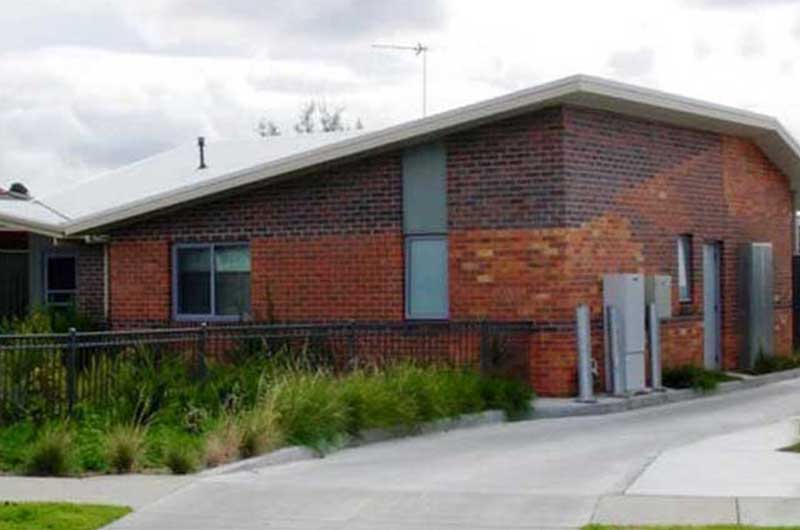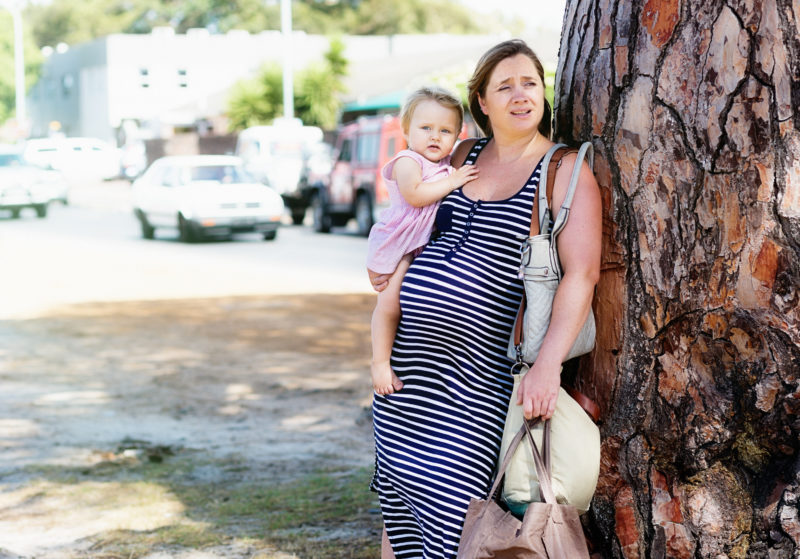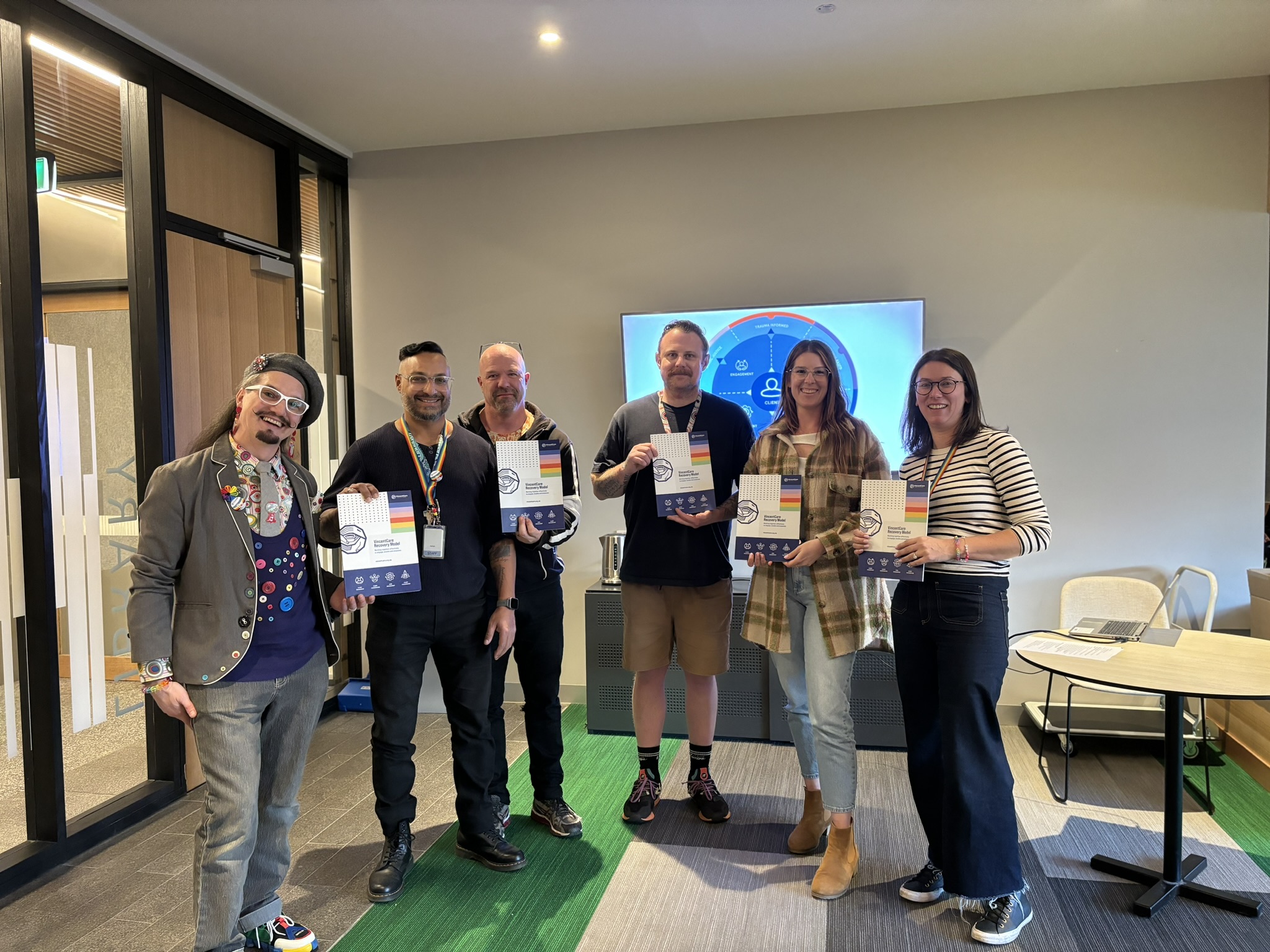
Achieving inclusivity: Diversity strategy into action
By Lisa Sammut, Senior Practitioner Quality and Diversity, VincentCare

Within the homelessness support sector, there has traditionally been a lack of priority given to issues of inclusive practice. The topic has generally gone under-the-radar in terms of generalised service delivery enhancements. There are often legitimate reasons for why organisations are unable to invest into improving inclusive practice. These include: a lack of funding or internal resource capacity; governance structures, Boards, and/or executive management functions that are unaware or unwilling to support such progress; general lack of awareness of the need to change – particularly where operations are perceived to be ‘working well’; and lack of organisational content expertise and understanding of culturally diverse and marginalised groups.
For many years, VincentCare grappled with the challenges of providing an inclusive and welcoming environment for people from culturally diverse backgrounds. Service support for these groups was not optimal. While the intentions of staff were positive, and there were ‘pockets’ of good practice, the approach was sporadic – largely depending on the drive of individuals and teams.
Our strategic and operational transformation for improving inclusive practice was not taken lightly or achieved at a token-level. It was however enriching, and the results in terms of community engagement and positive client outcomes are worth the effort.
Why did we want to create change?
- We needed to renew our mandate to “support and advocate on behalf of the most disadvantaged.” Our efforts would be remiss not to acknowledge the prioritisation of particularly vulnerable cohorts such as: Aboriginal and Torres Strait Islander peoples; Culturally and Linguistically Diverse (CALD) peoples; asylum seekers and refugees; and people of diverse genders and sexualities;
- Department of Health and Human Service Standards accreditation audits highlighted that inclusive practice needed improvement. Feedback over a number of cycles provided the momentum to implement change in a coordinated manner;
- Alignment with government and social reform was timely. We intended to position the organisation as one committed to continuous quality improvement, and to live up to this through strong service delivery; and
- There was an increased desire amongst staff, to create a service model that works towards “best practice” creating positive outcomes for clients.
With the endorsement of the Executive Management Team, the Quality Team was supported to create an organisation-wide Diversity Strategy 2016-2019. This was largely driven by the outcomes of a Diversity Professional Practice Forum held in 2014 – enabling staff the opportunity to learn from external experts. This included engagement with: Peer Education and Support Program; the consumer participation program, Council to Homeless Persons; Sexual Health and Ageing program, Australian Centre of Sex, Health and Society, Latrobe University; and the Victorian Aboriginal State-wide Homelessness Network. VincentCare then established an organisation-wide Diversity Working Group.
The final product was a well-informed strategy to enhance service responsiveness to culturally diverse individuals experiencing homelessness and disadvantage, and reduce the barriers they may face in accessing services. This included objectives to:
- Promote VincentCare as culturally diverse, safe and inclusive;
- Embed diversity practice in all aspects of service delivery;
- Strengthen organisational culture; and
- Harness diversity principles throughout the four pillars of our Homelessness Recovery Model (Engagement, Coordination, Case Management Support, and Participation).
Enhancement of our cultural awareness and competency enables:
- People to value difference and plan for it;
- Management of the dynamics of diversity;
- Improved awareness, knowledge and skill development;
- Flexibility to adapt to changing cultural needs of our target cohort;
- Promotion of social cohesion and reduced social isolation; and
- Re-enforced positive cultural identities – contributing to sense of belonging, wellbeing and safety.
To achieve greater inclusivity at a whole-of-organisation level, strategy needs to drive practical change. Improvements need to be evident in the day-to-day understanding and practices of staff, through to the experiences of clients. For VincentCare, this meant considerations across program planning, operational management, risk management, and evaluation processes. The strategy further impacts on training, communications, human resources, information management, and quality control.
This is not an undertaking that can be achieved in a vacuum. It involved considerable input from the Diverse Gender & Sexuality Working Group, the Reflect Reconciliation Action Plan Working Group, and consultation with staff, clients and partner organisations. Positive perseverance with partnerships within and external to the homeless services system has been critical. It has also been essential to foster engagement with champions across our organisation and client base – inspiring change organically from within.
An added layer of complexity comes from ensuring that our aspirations are matched by our real internal capacity, and within budgetary constraints. We appreciate, that for many organisations this would be a barrier, and our advice would be to scale the approach accordingly, rather than forgo it.
Where do we go now?
While the pathway to inclusive practice has been established, VincentCare still has a way to go with embedding new principles in a practical and sustainable way. Accepting that there is always room for improvement, and that social constructs and understanding of inclusivity will change over time is important.
We have definitely become a more systemically inclusive organisation – welcoming and adaptable to diverse communities and individuals, experiencing or at risk of homelessness. While our initial outcomes have largely been driven by an emphasis on supporting ATSI and LGBTIQ people, our focus over the next six months will be to improve our work with asylum seekers, refugees and CALD communities. We look forward to providing updates.
Originally published in the May 2019 edition of Parity, the national magazine for Council to Homeless Persons.



